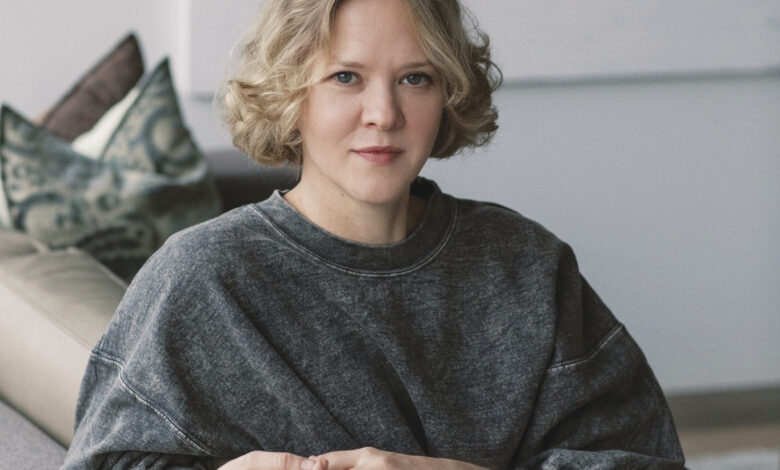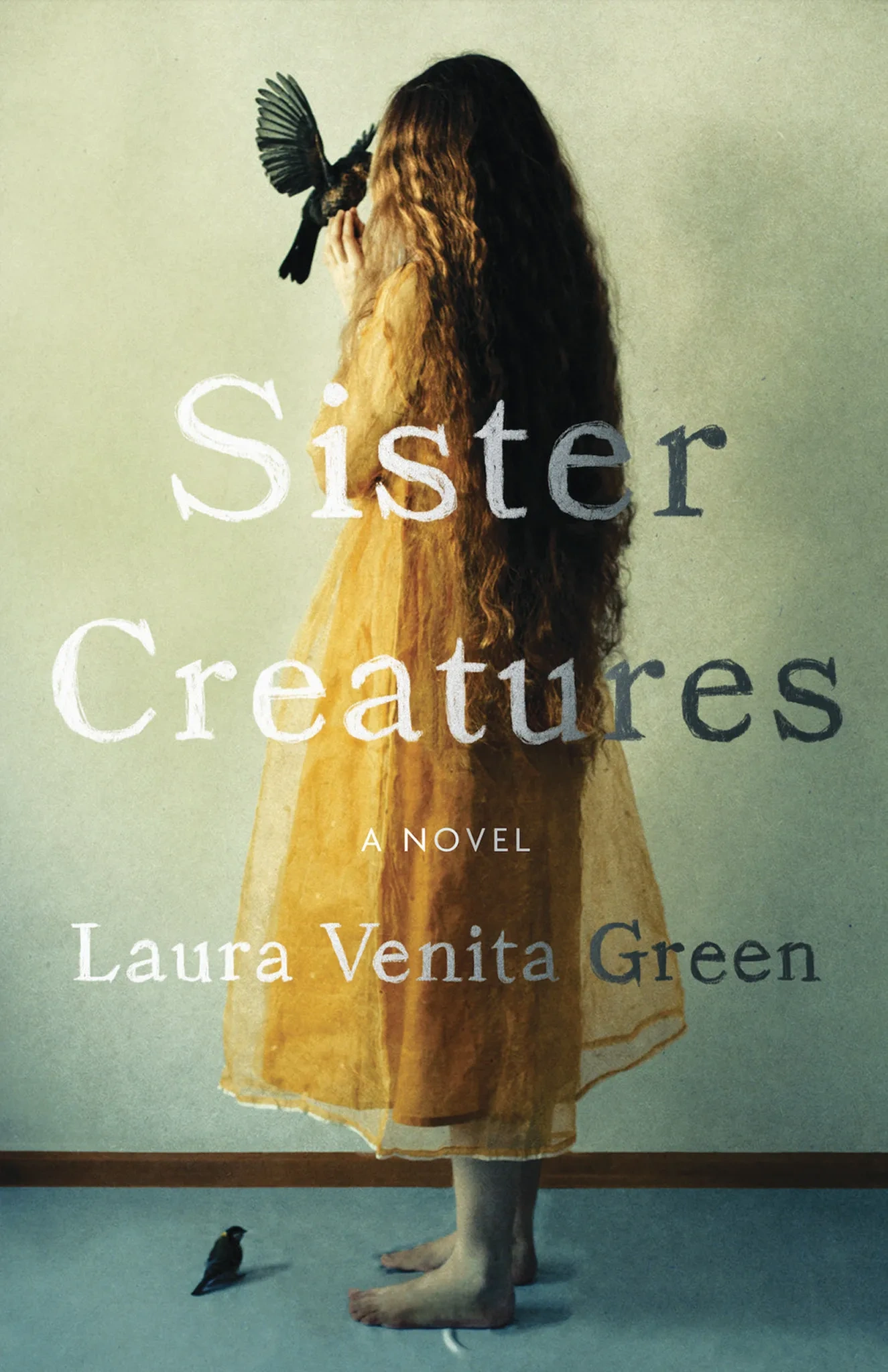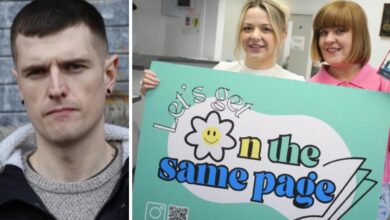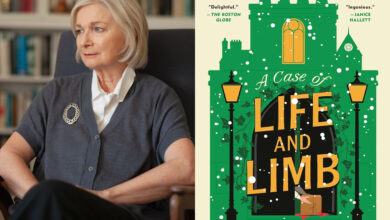Good Reads Q&A: Longhorn Author Goes from Earning an MBA to Writing Haunting Debut Novel

It starts on a hot Southern day, dripping with humidity and vodka. A girl known in the small Louisiana town as Sister Gail emerges from a fundamentalist compound to encounter college dropout Tess and the two children she’s been half-heartedly babysitting.
The uneasiness at the heart of this story pervades the rest of the novel, as it stretches from the Pacific Northwest to Berlin. Laura Venita Green, MBA ’10, brings together dingy realism, the Southern Gothic tradition, and literary horror in her captivating debut novel, Sister Creatures, out on Oct. 7, 2025, from Unnamed Press. Ahead of its release, the Alcalde spoke to Green about her journey from an MBA to an MFA.
When did you first realize that you wanted to be a writer?
I went to Trinity University for undergrad and majored in business. I was figuring it out as I went, and I knew I needed a job. I started as pre-med, and then I studied English for a while because I’ve always loved to read. I ended up in business, and worked in wealth management at a bank for seven years, at which point I thought my life would be in finance.
I started in the MBA program at McCombs in ’08. I’d never written a creative word in my life, but the last year I was there, I thought, Okay, my favorite thing to do is read, and I feel like a fairly smart person. I think that I can crank out a novel. [That was] back in 2010, which is hilarious because I do have a book coming out, but 15 years later.
How did you decide to go back to grad school?
I loved my MBA program. But I also think it showed me that a finance job was not my path.
The writing bug hit me when I was 30. I didn’t know what I was doing, and I realized I had so much to learn. I went to the Tin House workshop and the Kenyon Review workshop—so I was doing these higher level things while I was still working in business in Austin. I was loving it, but I was not able to finish a project. I was not able to get over the hump of knowing what revision [looked like], so I couldn’t make any of my projects any better.
Then my husband and I rode our bikes across the country in 2017, from Astoria, Oregon, to Portland, Maine. It was 2,800 miles in 42 days, over 16 states … 256 hours of saddle time with no music or entertainment. And I just thought, every inch across the country. I was like, The only reason I’m not trying to do this writing thing as a career is because I don’t think that I can do it. I’m scared to fail. So I decided to start applying to MFA programs.
Where did the first seeds of Sister Creatures come from?
The book primarily follows four women. One of the storylines about two sisters is based on a story I wrote in 2012. I tried to expand that and write it out as a very traditionally arced novel—and totally failed. So then that went in a drawer for, like, seven years.
The book is structured like a collection of interconnected narratives. How did you decide on the structure, and why do you still consider it a novel, rather than a short story collection?
I took a class on short story collections at Columbia and that’s really when it all came together. I had five individual stories, and I saw that the characters were somehow related. This is the type of book I love to read, but also, the way my brain works—and I think maybe why I was drawn to finance—is that I have a very math and puzzle pieces kind of brain.
I actually pitched the book as a linked story collection. My now-agent mapped out all of these connections and how the book moves toward one whole, collective experience. He was like, “I call that a novel.” My editor at Unnamed said the same thing. So I have turned the corner to thinking about this as a novel, but I do think it is such a publisher’s decision.

How does growing up in the South affect your work?
I was an army brat growing up and lived in Germany for six of my first eight years, then moved to the rural south when I was eight and stayed there until college. My imagination naturally goes back to rural Louisiana. I want to write a different book someday, but that’s just where I’m at. Sister Creatures is interesting because the first third of the book is set in Louisiana, and then it goes far beyond. But every location in the book is somewhere I’ve either lived or visited.
How did your MBA prepare you for the business of the book industry?
Well, I have really good time management skills. I’m really good at meeting deadlines, and not every writer is—not every person is!
Any writer, whatever their background, has to come to terms with this: There are years you have to pound the pavement with your art to get someone to notice you. For instance, three years before I queried agents, I shot for a hundred rejections a year, because I knew it was a numbers game. It’s uncomfortable to say, “Hey, look at me. I wrote something.” You want your art to be found—and that’s just not the reality.
This interview has been edited and condensed.
CREDIT: Courtesy of Unnamed Press
Source link




